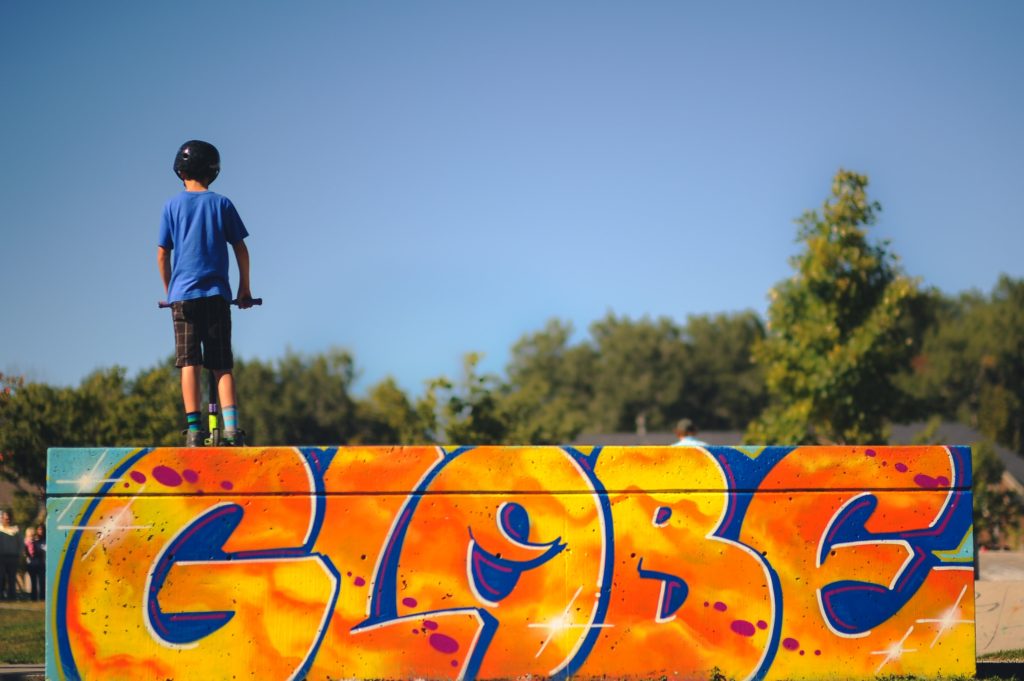The month of March can be quite exhausting. Lion and lamb. The cold side of spring.
There is no more accurate description of the days that are now slipping through our fingers than this one by Amy Smith, the writer of the novels of the seasons. This month of March feels very uneven; half lion, energetic and powerful, and half lamb, meek and frightened, split in two by one word: risk. The risk of not being able to resist any longer, of being crushed by the health-political-economic crisis, of falling ill, of losing a job or an affection, of crashing again against a wall of uncertainty.
Risk, like all expressions with infinite semantic capital, has an uncertain etymology: layers of disparate human events, not easy to distinguish, have been deposited on it, leaving us with this dense word.

It may come from Byzantine Greek rhizikòwhich means luck, destiny; or from Arabic rizqwhich evokes the balance due to the soldier sent on daring ventures; or from the classical Latin verb resecareto cut, to cut, to exclude. In its nautical declension, resecare means that way of cutting the waves before they rise, with eye and skill to avoid capsizing. Horace uses this verb in one of his hortatory verses: since life is short (spatio brevi), the poet suggests, spem longam resecescuts short a long hope. A verse that, with poetic license adapted to our century, I would translate as follows: rischiala, osala, una speranza eterna (to risk, to dare, an eternal hope).
Here is the risk: it runs like a tightrope walker between caution and possible harm, between the prudence of those who take cover and the drive of those who choose to come out into the open, even if they calculate how much they could be harmed.
Here is the risk: it runs like a tightrope walker between caution and possible harm, between the prudence of those who take cover and the thrust of those who choose to come out into the open, even if they calculate how much they can be harmed. Between surrender to blind chance and the stubbornness of the will.
Although its nature is that combination of luck, destiny, will, calculation and due balance, an attempt is made to measure it. We try to study it in order to prevent or contain it.
Today's most complex organizations cannot stand up to the competition, or even get into the game, if they have not equipped themselves with a risk assessment, i.e. an analysis of the possible threats, how they can occur, the limits to be set and the methods to be planned to prevent them. Even if companies manage to fit large ranges of risks into the cells of an Excel spreadsheet, it is not so easy for people to tame them.
We are born into it. From the first moment in the womb, or perhaps even before, it is part of our essence, it is pure human experience. Perhaps even more, it is a vocational quota, in the sense that if life unfolds as a continuous response that we are "forced" to give, instant after instant, to what reality puts in front of us - be it springs or winters - the risk is right there, in every question.
We are the result of the risks we choose to take. The artistic artifact of what pressing life continues to produce in us.
It is demanding, since being at risk requires the ability to choose among the alternatives on the ground, because the escape route is not always available. It asks for an elastic reason, capable of expanding to consider all the elements, from the most macroscopic to the implicit, apparently insignificant, that can become decisive. And then it asks for a good companion, the kind that has the temperament to keep us alert and not let us drift in solitude.
We are the result of the risks we choose to take. The artistic artifact of what pressing life continues to produce in us.
And when that wins, March arrives, back to the beginning. A month that bears the name of the god of war, because when winter begins to say goodbye, warriors resistant to the violence of storms, of change, of the unexpected are needed. So that the lifeblood that was hidden in a withered nature, dead only to the distracted eyes, regains all its space to explode.
Degree in Classical Literature and PhD in Sociology of Communication. Communications Director of the AVSI Foundation, based in Milan, dedicated to development cooperation and humanitarian aid worldwide. She has received several awards for her journalistic activity.




 In search of divergent thinking
In search of divergent thinking





